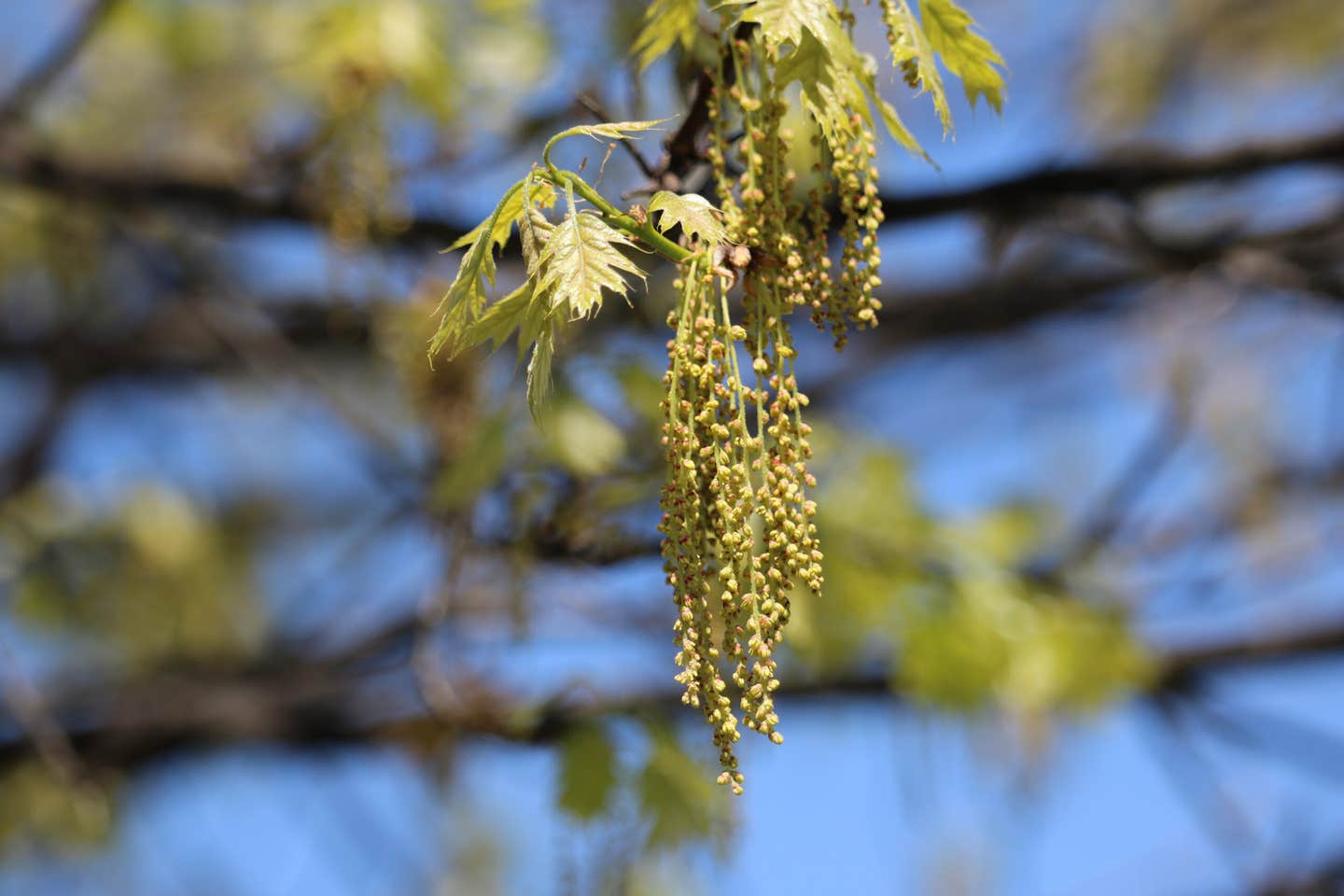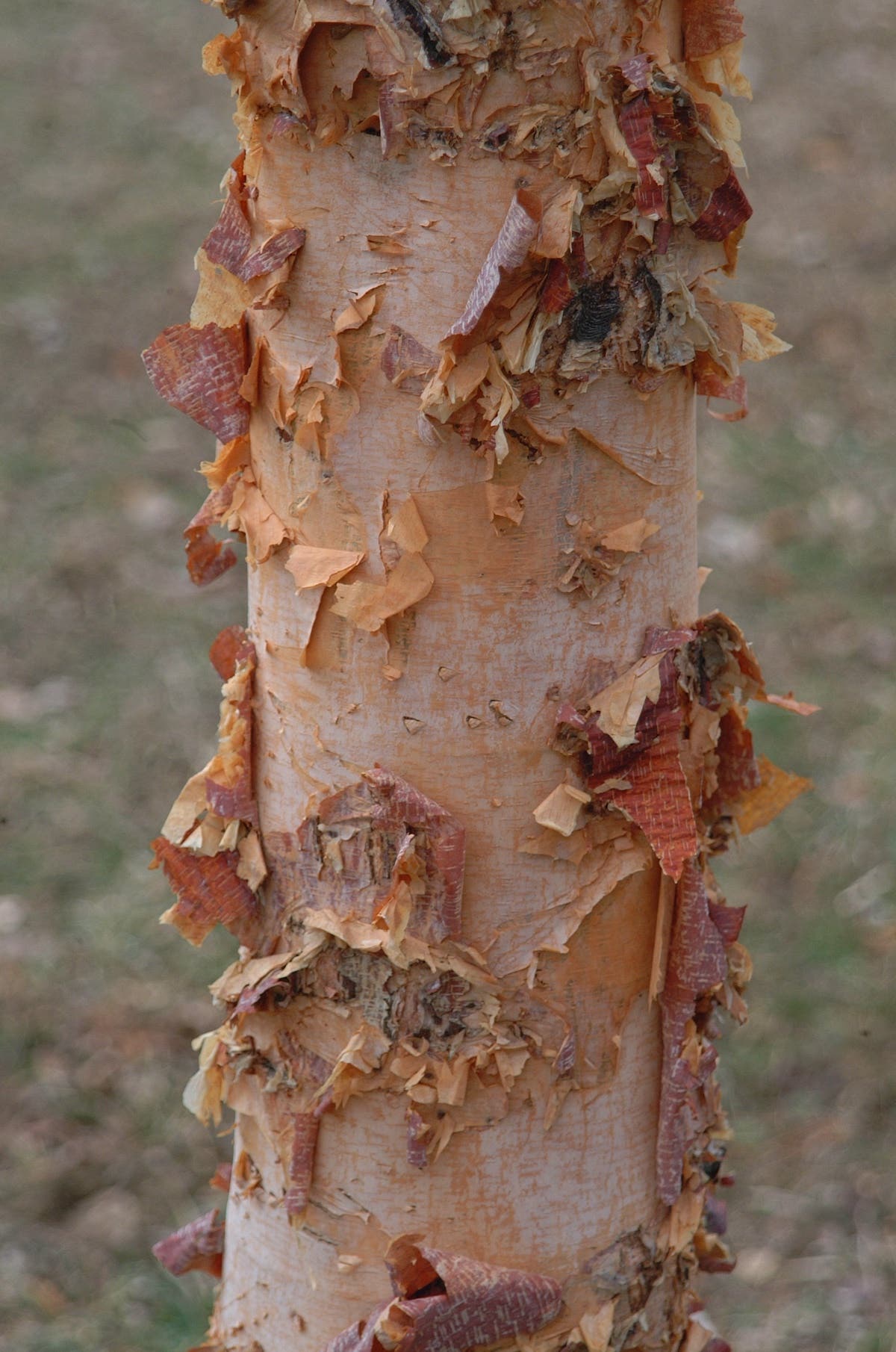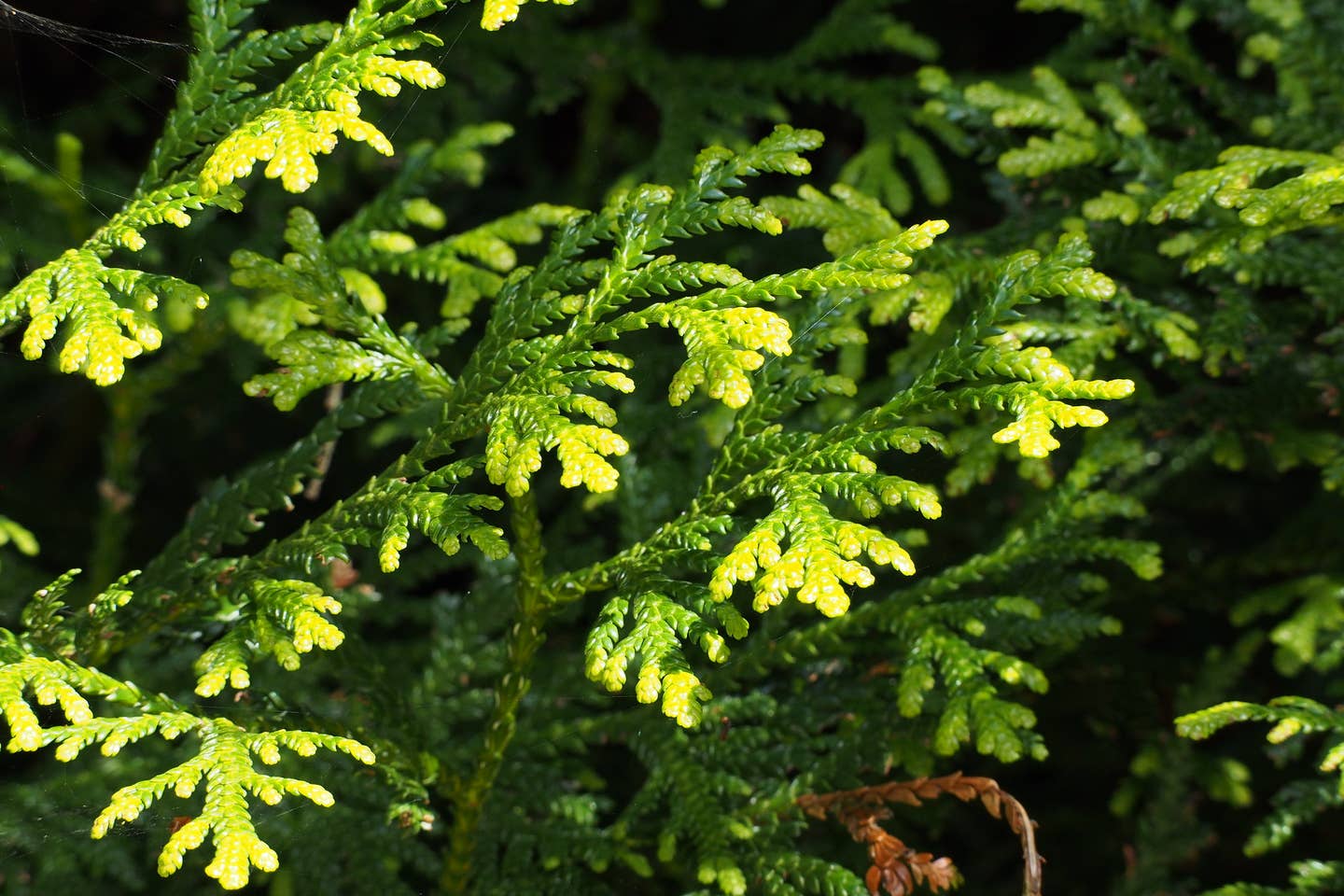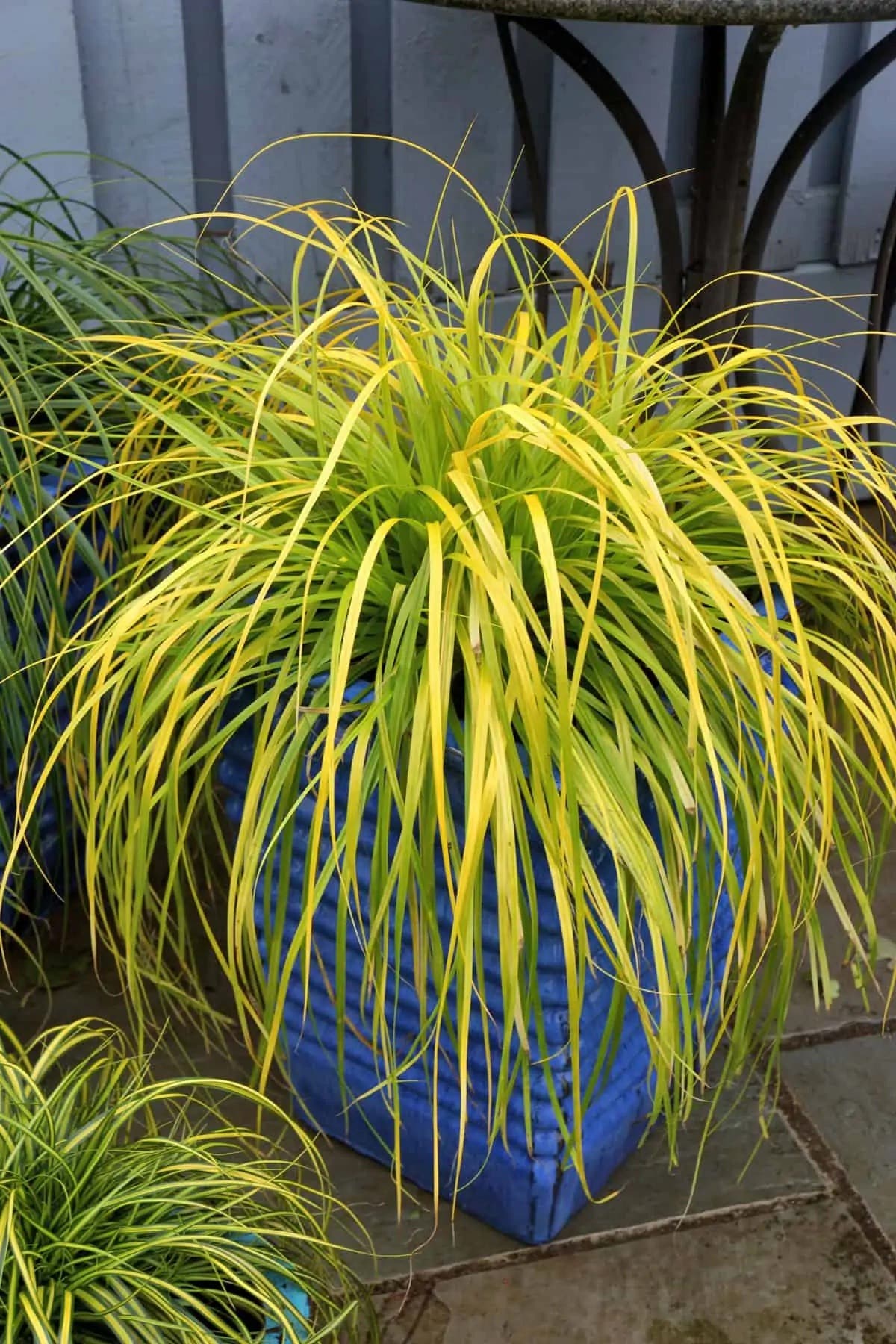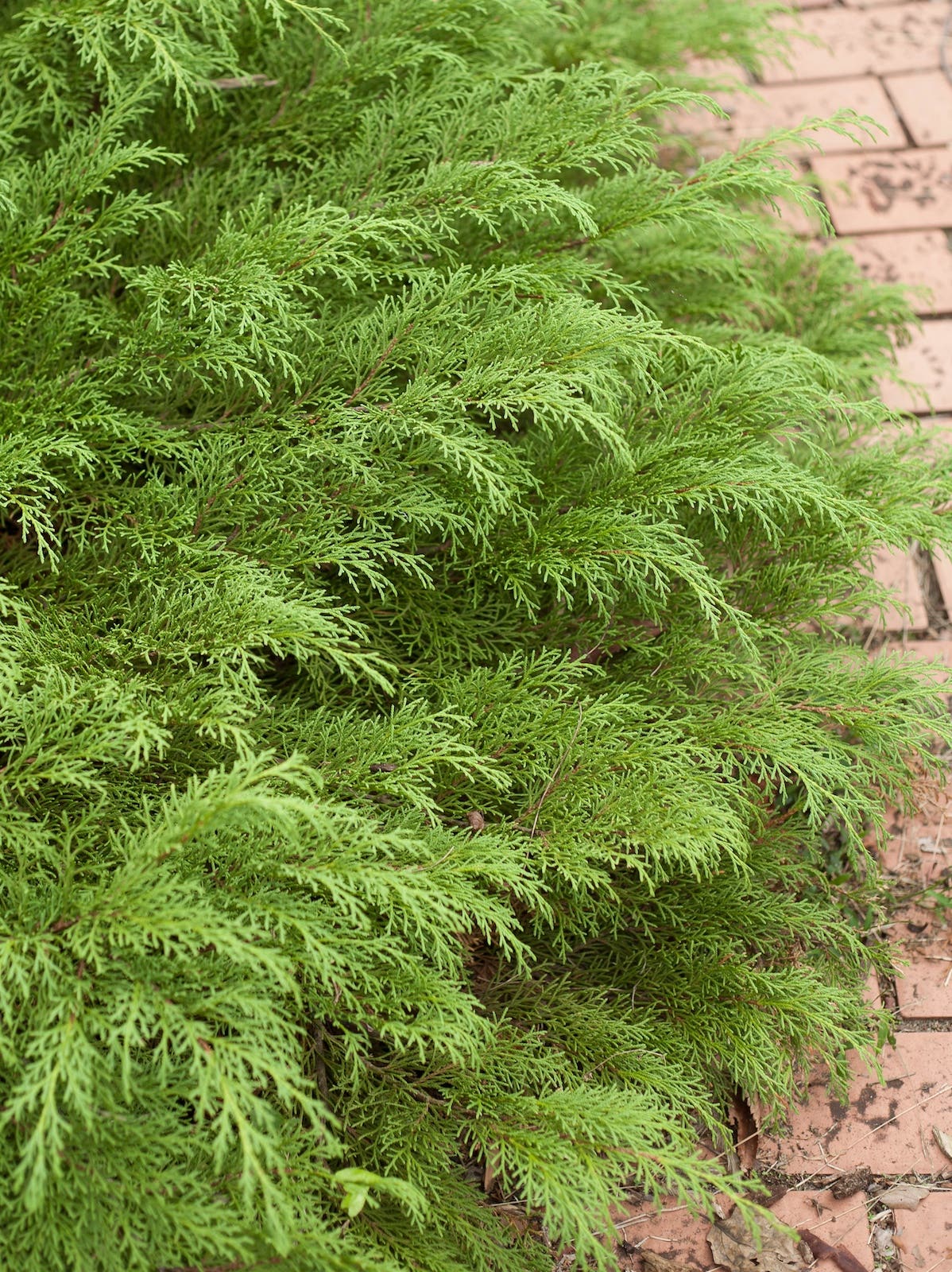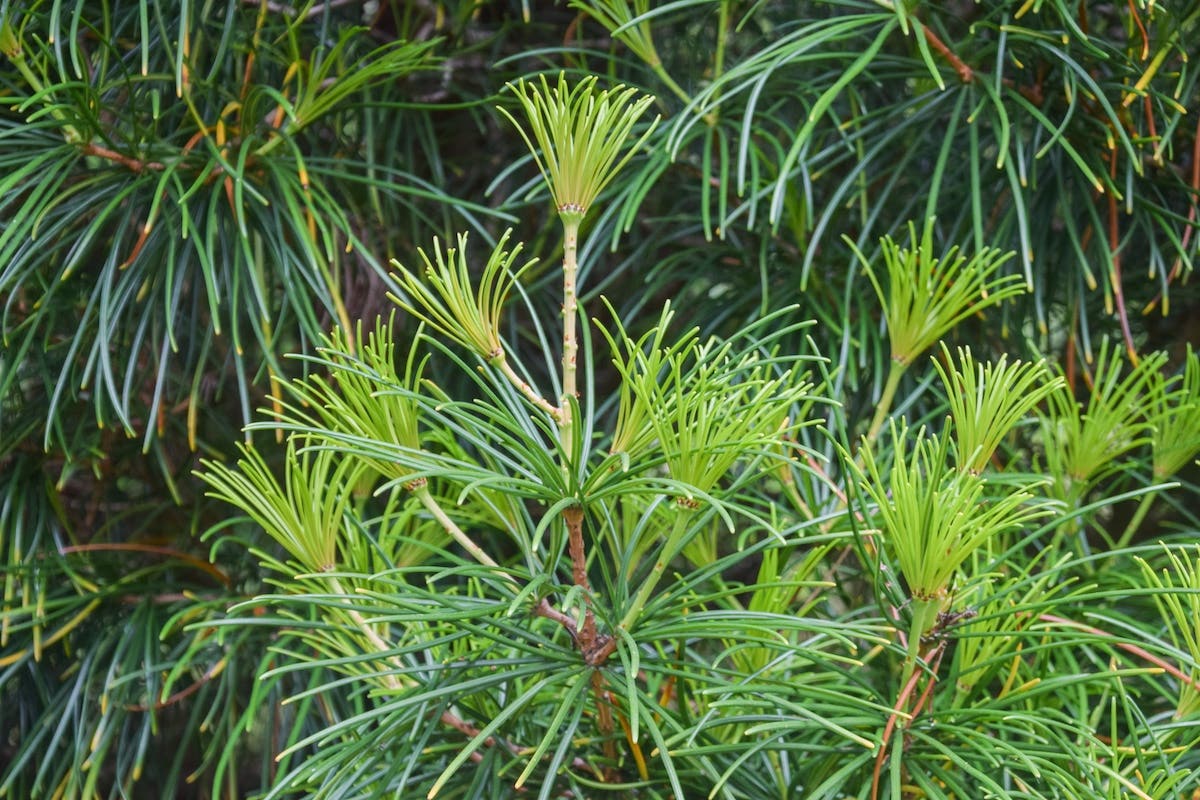Sanguisorba officinalis, or Great Burnet, in the Garden
Virtues:Sanguisorba officinalis, or great burnet, is a late-blooming perennial that fits well in meadow gardens and naturalistic plantings, as well as herb gardens, where its young leaves may be harvested…
Virtues:Sanguisorba officinalis, or great burnet, is a late-blooming perennial that fits well in meadow gardens and naturalistic plantings, as well as herb gardens, where its young leaves may be harvested for salads. Its long-stemmed, deep red bottlebrush flowers weave through other perennials to add color and life to the autumn garden.
Common name: Great burnet
Botanical name:Sanguisorba officinalis
Exposure: Full sun
Season: Late summer and autumn, for flowers
Flowers: Maroon bottlebrush-like flowers appear atop skinny stems from midsummer through autumn.
Foliage: The long, narrow leaves are medium green, toothed at the edges and concentrated at the base of the plant. Great burnet is a traditional herb-garden plant; its young leaves add good flavor to soups, salads and sandwiches.
Habit: The mound of foliage grows to about 18 inches tall and wide, with the flowering stems rising up to 3 feet tall when they appear in summer and autumn.
Origins:Sanguisorba officinalis is native to northern regions of Europe, Asia and North America.
How to grow Sanguisorba officinalis: Site great burnet in full sun and average soil with good drainage. Once it is established it can tolerate some drought. Sanguisorba officinalis can seed itself around, so if you do not want seedlings remove the spent flowers before they go to seed. It may require staking, but you might avoid the need for this by planting it amid sturdy perennials through which its thin flowering stems can grow. USDA Zones 4–8.
Image credit: Anatoliy Berislavckiy / iStock / Getty Images


